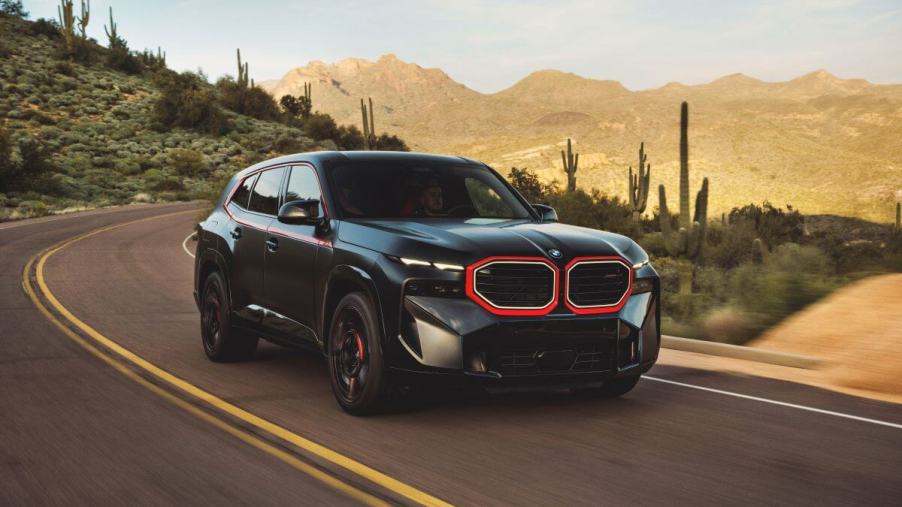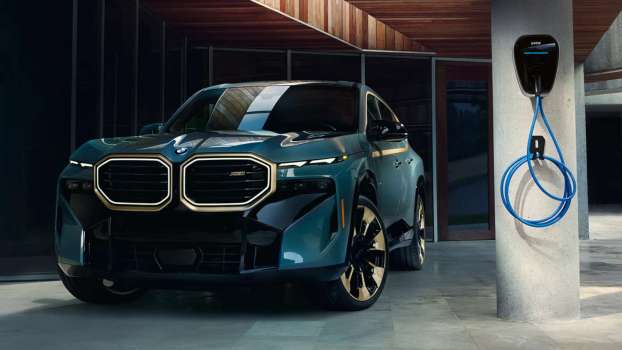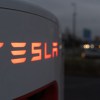
Is the Electrified BWM XM an EV?
Electric vehicles (EVs), hybrids, and plug-in hybrid electric vehicles (PHEVs) are becoming increasingly popular. However, consumers may find the marketing language used to describe these cars confusing. In this article, we’ll examine the incredibly expensive electrified sports SUV, the BMW XM, and discuss whether it qualifies as an EV, PHEV, or something else. We’ll also clarify what “electrified” means and review the differences between hybrids, PHEVs, and EVs.
Understanding the differences between hybrids, PHEVs, and EVs
Before we delve into the specifics of the BMW XM, we will first try to understand the differences between different types of electrified vehicles. According to the U.S. Department of Energy, an internal combustion engine and one or more electric motors, which utilize the energy stored in batteries, work together to power hybrid electric cars. The battery of a hybrid electric vehicle cannot be charged by plugging it in. Instead, the internal combustion engine and regenerative braking charge the battery. Still, a smaller and more efficient engine might be possible thanks to the electric motor’s added power.
Plug-in hybrid electric vehicles are similar to hybrids but have larger battery capacity. PHEVs can be recharged by plugging into an external power source, enabling extended all-electric driving ranges. When the charge gets too low, the combustion engine then takes over. This provides the flexibility of a conventional engine for longer trips while relying more on electricity for daily commuting.
Electric vehicles, also known as EVs, are entirely powered by electricity. In other words, they must be plugged in and do not use any gas. They utilize batteries as the sole source of propulsion and emit zero tailpipe emissions, offering a genuinely eco-friendly driving experience.
Overview of the 2024 BMW XM
The 2024 BMW XM is considered a luxury SUV. With its luxurious features and outstanding performance, the BMW XM offers premium features with a premium price tag to match.
While the precise pricing may vary based on configuration and additional options, the BMW XM is, after all, a luxury vehicle. According to Car and Driver, the XM’s starting price of $160,000 is high. Still, it does come loaded with luxury features, including leather upholstery, huge 23-inch wheels, a cool curved infotainment display, and a host of driver-assistance features.
The BMW XM boasts a sophisticated plug-in hybrid electric powertrain, making it an electrified vehicle but not an EV. This advanced PHEV system combines an internal combustion engine with an electric motor, resulting in superior performance and enhanced fuel efficiency. In the XM, a twin-turbocharged 4.4-liter V-8 that has been around for a while is combined with an electric motor and battery pack to produce an impressive 644 horsepower. With the Label Red variant, output increases to 738 hp.
So, what does ‘electrified’ really mean?
The term “electrified” has gained traction in the automotive industry, leading to consumer confusion. Many assume it exclusively refers to fully electric vehicles (EVs); however, it often encompasses PHEVs and hybrids as well.
Prominent automakers like BMW, Alfa Romeo, Jeep, and Karma employ the term “electrified” to highlight their commitment to a gradual transition toward full electrification. Consequently, the BMW XM, marketed as an electrified performance SUV, signifies a significant step toward achieving full electrification without compromising on luxury or performance.
As we embark on a sustainable future and eventually phase out gas engines altogether, comprehending the terminology surrounding electrified vehicles becomes more important than ever. The BMW XM represents a high-priced electrified performance SUV, with its powertrain setup combining the best of both worlds. By understanding the differences between hybrids, PHEVs, and EVs, consumers can make informed decisions that align with their preferences and driving needs.



